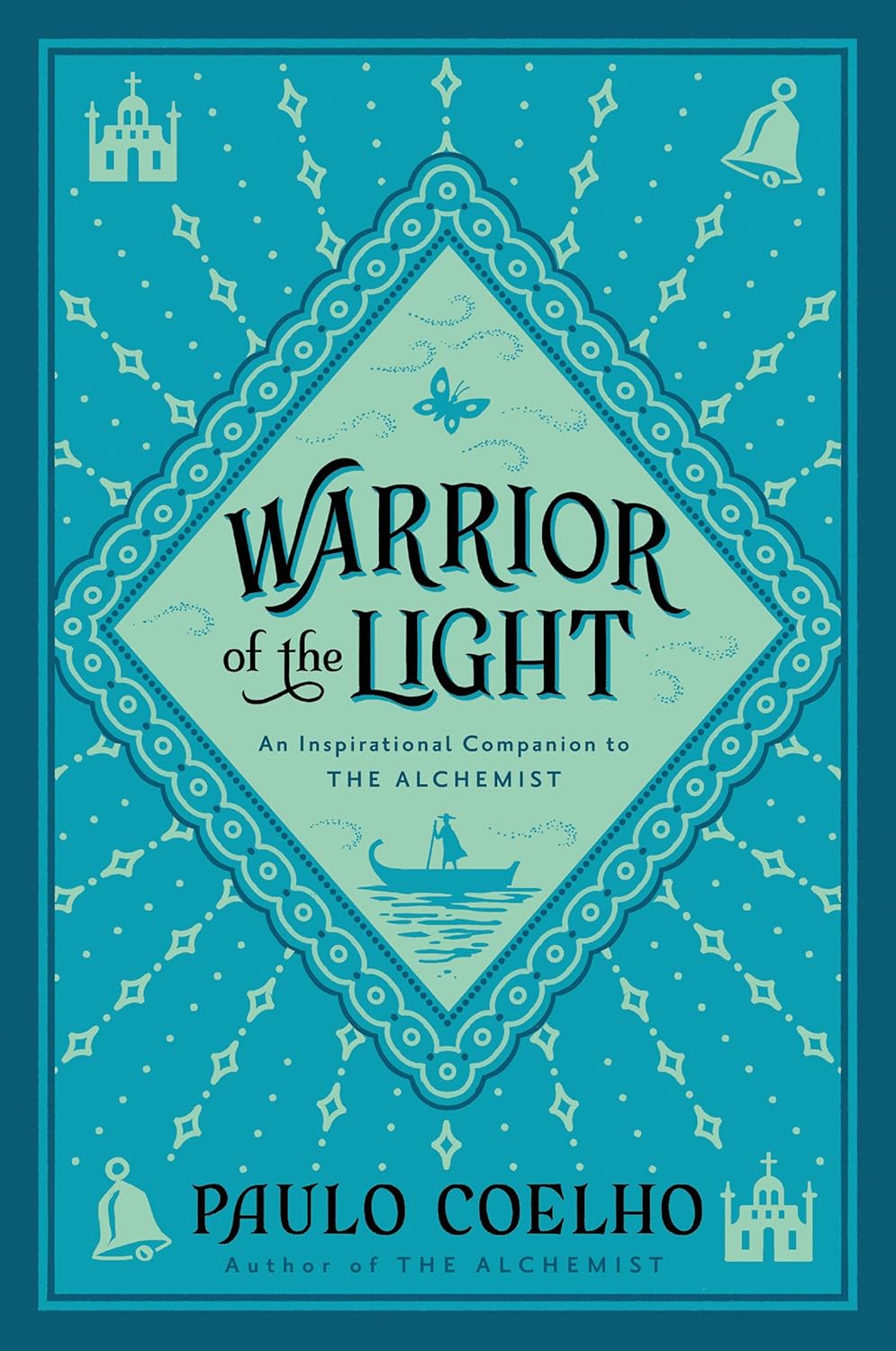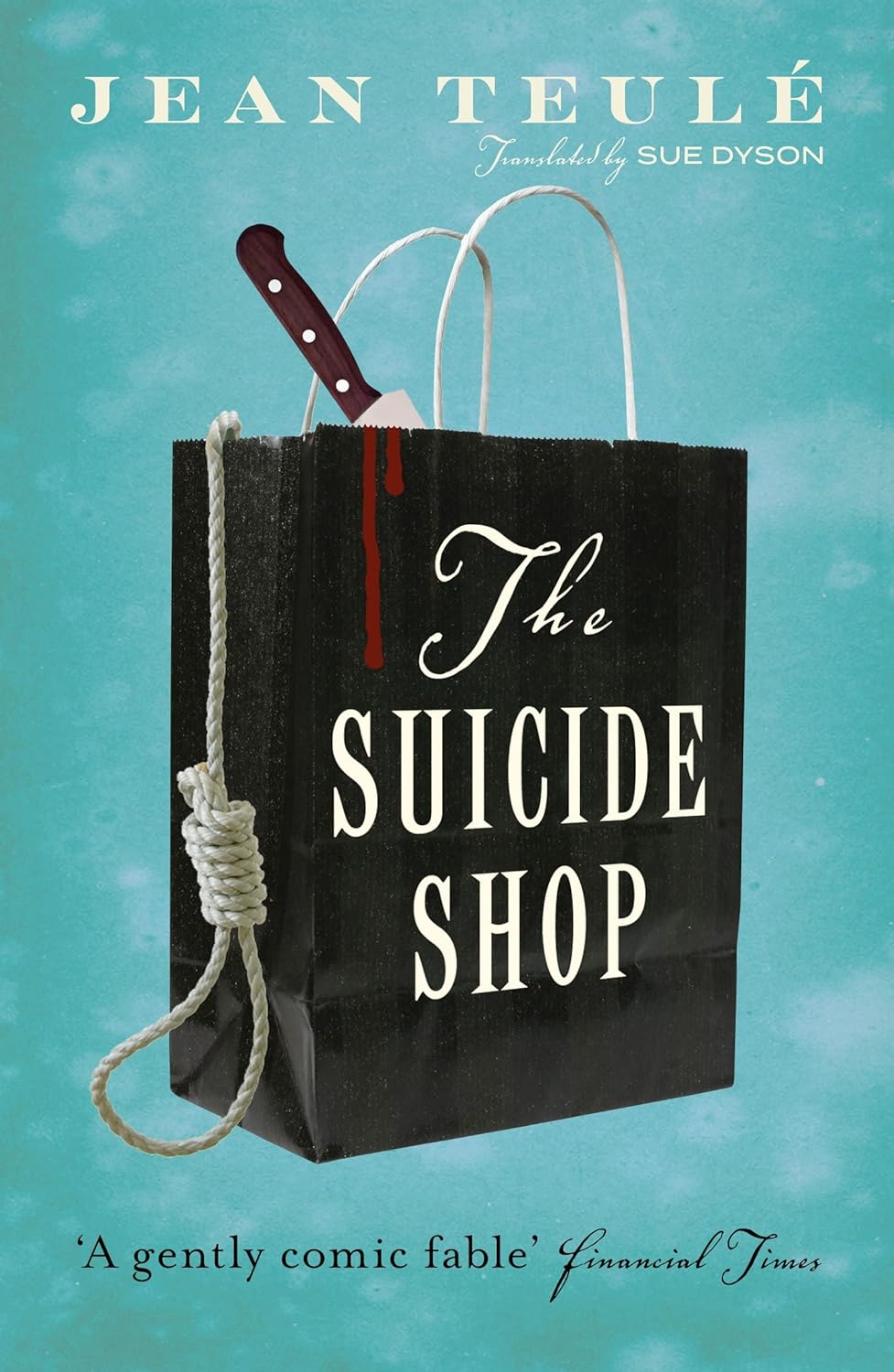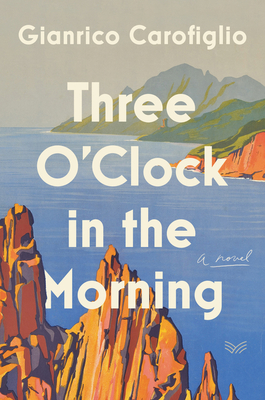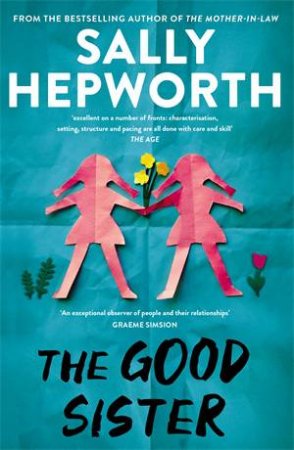Millions of Books, Author and Publisher to discover. Explore now.
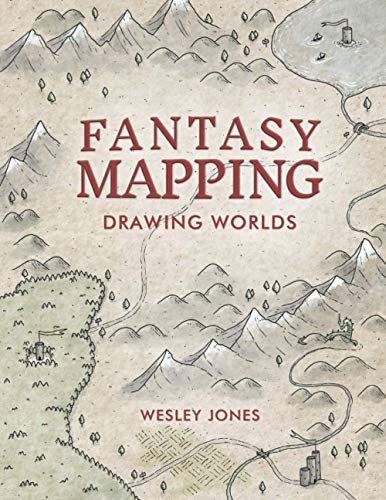

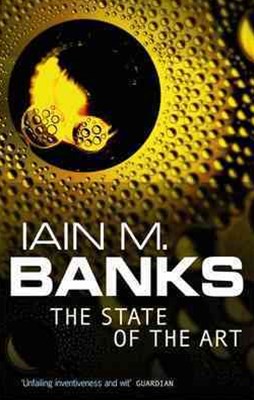







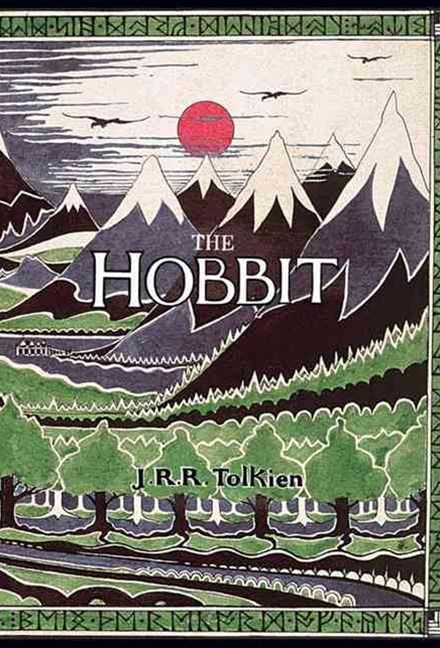



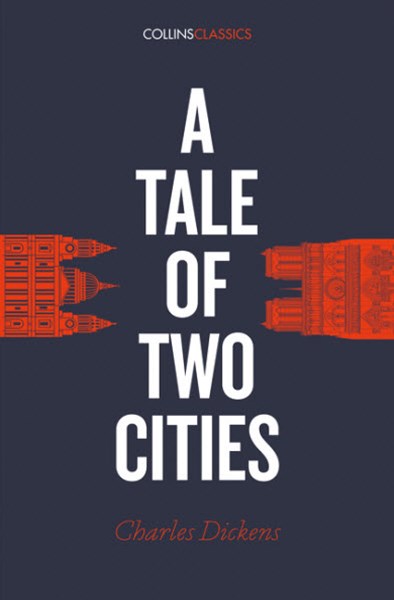
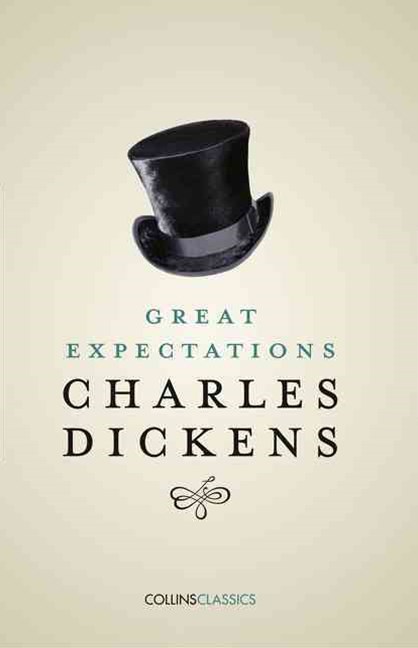




David D. Burns, M.D., is a clinical psychiatrist. His bestselling Feeling Good: The New Mood Therapy has sold more than three million copies to date. Dr. Burns has become a popular lecturer for general audiences and mental health professionals. Plus, a frequent guest on national radio and television programs. Feeling Good -Summary How Depression Occurs In the United States, 5.3% of the population has depression. The lifetime risk of depression is 7-8% in adults and higher for women. Forty years ago, the mean age for the onset of depression was 29.5. Today, it has halved to 14.5 years. This reduction in age can be attributed to more significant mental health awareness and social media’s impact on the younger generation. Though rates differ around the developed world, the incidence of depressive illness has risen dramatically since 1900. Prior to the 1980s, depression had been the cancer of the psychological world. Depression was widespread but difficult to treat. Additionally, the taboos associated with it made the problem worse for most people. Many of these same problems still persist today. As with cancer, finding a ‘cure’ has been the holy grail of depression. Everything from Freudian psychoanalysis to shock treatment has been applied to the problem. Although some of these treatments have had initially promising results, the improvements have not been substantial and are unsustainable. Subsequently, anti-depressants and other medications have been introduced. Although these medications have changed some people’s lives, the problem of depression is still more impactful today than in the past. Dr. Burns provides an outline of how depression occurs: 1. An event takes place in the outside world that has the potential to be experienced by you. 2. You interpret the event through a series of thoughts. These thoughts are called your internal dialogue and impact on how you process the event. 3. Your feelings are created by your thoughts and not the actual event. In other words, the way you think in any situation will determine how you will feel about it. Seeing Through Black Magic In the history of psychiatry, depression has always been seen as an emotional disorder. As a result, most therapy has aimed to help patients get in touch with their feelings. Subsequently, most therapists have believed that maturity means opening up and expressing what’s inside. This is an assumption based on the view that one’s feelings “…represent a higher reality, a personal integrity, a truth beyond question.” Despite these assumptions, there is a wealth of evidence suggesting depression is not an emotional disorder. This point is supported by one of the most effective depressive treatments, cognitive therapy, not focusing on emotions. Instead, cognitive therapy identifies cognition, or our thoughts, as the cause of depression. The bad feelings associated with depression all stem from negative thoughts. Therefore, treatment must focus on challenging and changing those thoughts. Burns includes a list of ten ‘cognitive distortions,’ such as all-or-nothing thinking, overgeneralization, disqualifying the positive, jumping to conclusions, and giving ourselves labels. By understanding these distortions, we can better understand the idea that ‘feelings aren’t facts.’ Instead, feelings are only the reflections of our thoughts. Cognitive Distortions After introducing readers to the importance of cognition, David Burns outlines the underlying factors. When you interpret an event as negative, you are engaging with cognitive distortions. Burns describes these interpretations as cognitive distortions as you are creating distorted thoughts that lead to unpleasant emotions. Occasionally, events are genuinely unpleasant and need to be interpreted accordingly. However, we still have to remain realistic about these interpretations. For people who suffer from mild levels of depression, those cognitive distortions become habituated. Subsequently, these individuals start perceiving everything in black and white. The following sections will cover the most common cognitive distortions identified by David Burns All-or-Nothing Thinking Let’s say that you want to learn stand-up comedy. You took some classes. Then, after a month, you decided to give it a shot and go live. You go on stage and start cracking the lamest jokes because you are nervous, and it is your first time. The audience gets bored and leaves. As a result, you start to think that you never have a chance to become a comedian. In fact, you might even think that you are never going to be good at doing anything. This kind of cognitive distortion is called “All-or-Nothing Thinking.” In essence, you are holding a belief that you will either be good at this skill now or I never will be. This type of cognitive distortion is conveying an exaggeration of a negative event. The event itself is negative, but instead of perceiving it as a passing experience, you hold on to the negative associations. Mental Filtering This leads us to the second cognitive distortion, which is called Mental Filtering. Mental filtering involves taking one negative experience from any situation and dwelling on it for an extended period of time. No matter how much time you put into making valuable content, there will be that one guy or girl who will leave a negative comment. They will filter all the value and just leave a comment about the wrong punctuation in one paragraph. People who perceive reality from a mental filter will always find something negative. Therefore, no matter how hard you try to convince them that the event is actually positive, you will fail. Subsequently, David Burns recommends never dwelling on the past as you no longer have control over those decisions. Similarly, do not dwell on others’ opinions as people will always find the negatives in any situation. Plus, you have no control over others’ opinions and decisions. Jumping to Conclusions Imagine that you get hit by a car, so you’re on your way to the hospital. The doctors tell you that you just got dizzy, and you’ll be ready to go home in three hours. However, you keep thinking to yourself: “Oh my god, what if I got brain damage? And if my brain is damaged will my girlfriend still want to go out with me?” This type of cognitive distortion is called Jumping to Conclusions. This distortion involves exaggerating your expectations and projecting to unrealistic conclusions. Specifically, this form of cognitive distortion generally involves making a negative interpretation. This interpretation is made even though no clear facts are supporting your conclusion. Jumping to conclusions can be further broken down into two types: a. Mind reading: You arbitrarily conclude that someone is reacting negatively to you, and you don’t bother to check this out. b. The Fortune Teller Error: You anticipate that things will turn out badly, and you feel convinced that your prediction is an already-established fact. Since the process of emotion formation happens in a fraction of a second, we have little to no control over it. However, even if those thoughts get distorted, and you fall into a depression, you still have a chance to re-construct them after their occurrence. You have the opportunity to re-frame those distorted thoughts. Subsequently, you also have the opportunity to change your mood. It is scary how one thought can have the power to change someone’s life for the better or the worst. Magnification and Minimization “Perfection’ is man’s ultimate illusion. It simply doesn’t exist in the universe… If you are a perfectionist, you are guaranteed to be a loser in whatever you do.” When you magnify, you look at your errors, fears, or imperfections and exaggerate their importance. This has also been called catastrophizing because you turn commonplace negative events into nightmarish monsters. In comparison, when you minimize, you inappropriately shrink things until they appear tiny. Common examples are your own desirable qualities or others’ imperfections. This is also called the “binocular trick.”
For Book DetailThe Subtle Art Of Not Giving A F*ck One Sentence-Summary: The Subtle Art Of Not Giving A F*ck does away with the positive psychology craze to instead give you a Stoic life that might not always be happy, but meaningful and centered only around what’s important to you. Favorite quote from the author: “Who you are is defined by what you’re willing to struggle for.” The Subtle Art Of Not Giving A F*ck , Mark Manson’s first “proper” book, this instant New York Times bestseller is a no BS self-help book for people who usually hate self-help. Mark Manson gets that life has become overwhelming and the only way to find our center around the things that really matter to us is to not give a f*ck about anything else. Here are 3 favorite lessons: 1. Values you can’t control are bad values to follow. 2. Don’t believe you know anything with certainty, for it keeps you from improving. 3. Trying to leave a legacy might ruin your life. The trick of not giving a fuck about most things is that you’ll be able to give one about what really matters to you. The Subtle Art Of Not Giving A F*ck Summary Lesson 1: Only hold values you control. Mark is a very Stoic guy and it shines through his writing and advice. A common idea in Stoicism is to focus only on the things you can control . This is easy enough to understand and implement when it comes to your actions, but it can be applied to more intangible aspects of your life as well. Take your values, for example. I know it’s hard to put them into words, but if you try to describe yourself in, say, three adjectives, you already have a good idea of which values most dictate your life. Let’s say you chose the words honest, punctual and popular. Here’s where Mark makes an interesting remark: Only choose to have values you can control. Most of us give up some of our ideals as we grow up, try to have a career and make money. While that’s just part of real life, it’s important you don’t hand off the steering wheel altogether. Values you don’t control are bad, because they’ll be a constant source of unnecessary suffering in your life. When we look at the three we just mentioned, honesty is 100% in your control. Only you know how honest you are, but no one else needs to. Punctuality is partially in your control. If you always leave with plenty of buffer time, you can compensate for most potential obstacles. Popularity, however, is totally out of your grasp. Sure, you can be nice and friendly to everyone, but you can’t control other peoples’ opinions. Some will always hate you, no matter what you do . Therefore, popularity isn’t the best value to focus on and you could try replacing it with one more controllable, such as kindness. Lesson 2: Certainty hampers growth. What a great principle distilled into just three words: certainty hampers growth. Imagine you could choose between two modes of moving through the world: one in which you think everything you know is 100% true and one in which you think nothing you know is 100% true. Both are stressful, but which one do you think would help you make better decisions? The latter, of course. While there’s some middle ground to be found here, rejecting the idea that you know anything for sure is a great base to start learning from. This is true for discovering factual knowledge , such as using the scientific method to build business hypotheses helps arrive at better conclusions, but it is also true for gaining conceptual knowledge . The second kind is more implicit knowledge about the relationships between various entities. Let’s take your place in the social hierarchy at school, for example. If you’re convinced you’re ugly, you’ll be sad a lot. But if you notice that you get lots of compliments at school, people call you charming and some have a crush on you, that’s evidence your brain is playing you with false certainty. If you allow yourself to have a little doubt, you can then disprove this limiting belief you hold about yourself. Lesson 3: Don’t obsess about leaving a legacy. Here’s an uncomfortable, but important reminder: You’re going to die one day. We all are. Whether we admit it or not, when the time comes closer, we’re all scared. That’s why many of us want to leave a legacy , myself included. However, Mark says that might ruin our short amount of precious time here on earth. The more we’re driven to build a great body of work, the more start chasing fame, working too much and focusing on the future. What if instead, we just tried to be useful in the present? We could still help a ton of people, enjoy our days and fully be here, while we’re here. Mark’s stance is clear: Find ways to bring yourself, your loved ones and the people you meet joy in the now and let the legacy part take care of itself.
For Book DetailOne Sentence-Summary: Ikigai explains how you can live a longer and happier life by having a purpose, eating healthy, and not retiring. Favorite quote from the author: “Essentials to happiness in this life are something to do, something to love, and something to hope for.” Do you want to live a long life? How about a happy one? What if you could have both? The secret to a long life actually comes from finding joy and purpose every day. Most of us think of these ideals as mere dreams that only a select few achieve. The people of Japan, however, have practiced ikigai, their “reason to live,” for centuries. It helps them live longer, more joyful lives. This practice is what makes Japan part of the five Blue Zones of the world where people live the longest. Many people find themselves trapped in the never-ending need to do everything faster, better, and harder. In contrast, discovering your ikigai will help you slow down and enjoy life more. Identifying your life’s purpose will also help you live longer. Hector Puigcerver, author of Ikigai: The Japanese Secret to a Long and Happy Life , is a native European who moved to Japan in 2004 and became enamored with Japanese culture. In this book, he breaks down how we can use ikigai to live better. These are 3 favorite lessons from his work: 1. Having a purpose is a vital component of longevity and happiness. 2. If you want to live a long life, follow the advice of some of the oldest people in the world. 3. To stay healthy throughout your life, make sure that you are moving enough. Lesson 1: If you want to be happy and live longer, discover your ikigai – a reason to wake up in the morning. Okinawa, Japan is home to some of the longest-living people in the world. Their secret is ikigai. The Japanese word has two characters: ‘iki’ which means life, and ‘gai,’ or value. Finding your ikigai can be as simple as asking four basic questions: 1. What are your strengths? Think of what you do better than everyone else. 2. What does the world need? Imagine something you see that the world lacks. 3. What are your passions? Picture the things that you could do all day without stopping. 4. What can you earn a living doing? You have to make money from your craft, so how can you do that? Your ikigai might take you a short time to discover, or it could take much longer. Once you find it, however, you may realize that you never want or need to retire. Aside from being made up by the Germans , retirement is associated with an increased risk for many health problems . Searching your ikigai is the perfect way to never retire and thus avoid deteriorating faster in your old age. However, your ikigai doesn’t have to be connected to your job. Your purpose may come from a hobby or your family relationships. Do whatever you find gets you up in the morning, just make sure that you never give it up. Okinawans forced into retirement continue to stay active with their hobbies and in their community, which helps them live longer. Research has shown that the elderly people of Okinawa have remarkably lower rates of dementia and heart disease as a result of their purpose and activity level. Lesson 2: Okinawan elders know a thing or two about well-being, and we should follow their advice if we want to live as long as they do. Seniors have so much wisdom to share with the world from their years of experience. Those of us that are young might sometimes pretend like we know everything, but we should learn a thing or two about life from the generations before us. One tip from Okinawan centenarians is to worry as little as possible . It helps to slow down, take your time, and realize that you don’t have to have it all figured out right away. Anxiety has a myriad of negative health effects . Focus on enjoying life for what you have, instead of being afraid of what might go wrong. A great way to do this is to connect with everyone around you, even strangers. Okinawan old-timers suggest smiling and having an open-heart towards everybody you meet. Your friendliness will help you develop many friendships throughout life. Okinawan elders recommend maintaining those relationships as well. When you become a grandparent your replacement of worry with friends may also help your grandchildren visit more often. Japanese centenarians also endorse eating healthy, waking up early, and making sure you have enough movement throughout your day. Lesson 3: A key component of staying healthy is to keep moving throughout the day, no matter how little. Residents of Okinawa suggest that you don’t always need to play a sport or go running to be healthy. Longevity and health are more about finding simple, consistent ways to move more through the day. Intensity may deter consistency, so Okinawans strive for simplicity in their forms of exercise. A walk around the neighborhood, day in the garden, or singing karaoke are just a few simple ways they maintain movement frequently. Radio Taiso, a Japanese radio show, has helped Okinawans exercise for years. Large groups of Japanese tune into the station and listen to directions on how to exercise. In the present day, most watch online or on the television, but the show still continues throughout the day in Japan. With simple exercises, like lifting your arms above your head and bringing them down again, Radio Taiso is an easy to repeat form of exercise for the Japanese. Whether you find an exercise program like that or not, always make time for small, consistent amounts of movement in your day. Ikigai is an incredible concept that can benefit many people. Whether you feel stuck in your job, want to live longer, or just desire a deeper level of happiness and meaning, finding your reason to live will help you.
For Book DetailOne Sentence Summary: The 7 Habits Of Highly Effective People teaches you both personal and professional effectiveness by changing your view of how the world works and giving you 7 habits, which, if adopted well, will lead you to immense success. This book has sold over 25 million copies. If Stephen R. Covey had any clue about what a success The 7 Habits of Highly Effective People would be when he published it in 1990, but, even several years after his death, it’s still the bible of leadership and modern management. The original seven habits are: 1. Be Proactive 2. Begin with the End in Mind 3. Put First Things First 4. Think Win-Win 5. Seek First to Understand, Then to Be Understood 6. Synergize 7. Sharpen the Saw The first three serve your own independence, so that you may “win in private,” as Covey put it. The second three aim to shift your focus to interdependence. When you strive for cooperation instead of competition, you’ll also “win in public” and find worldly success. The last habit serves your own renewal so that you’ll never burn out or overextend yourself. Let’s look at the following 3 in more detail: 1. Do the funeral test. 2. Learn how to say no. 3. Practice active listening. Time to learn how to become highly effective both at work and in life! Lesson 1: Do the funeral test. This is the habit that Covey calls “Begin with the End in Mind”. He issues a warning that plowing away and getting a massive amount of tasks done in a preferably short time (i.e. being efficient) is only useful when you’re plowing in the right direction. The classic analogy here is the ladder you’re climbing furiously, only to find out it’s leaned against the wrong wall when reaching the top. Only if you’re clear about your major, long- term goals can you align each and every single one of your decisions with them. The best way, by far, to get clear about those goals is to do the funeral test. Ask yourself: 1. What do I want people to say about me at my funeral? 2. As what sort of person do I want to be remembered? 3. For what do I want to be remembered? Depending on your number of relationships (family, friends, clients, partners, customers), you can also ask yourself how many people will be there to mourn your death. As Steve Jobs said: “All external expectations, all pride, all fear of embarrassment or failure–these things just fall away in the face of death, leaving only what is truly important.” Truthfully answering those questions will make you realize you might not want that out-of- the-suitcase, business class lifestyle, or that really all you ever wanted to do was dance . So be bold and ask them. Lesson 2: Learn how to say no. Knowing exactly where you want to go makes it easy to find out what’s important to you, and what not. When you know your final goal, you’ll at least have an inclination for each to-do on how important it actually is. You’ll often find that the important things aren’t urgent and vice versa . That means some things don’t deserve to be done at all. To all those things, you’ll eventually have to say no. It’s not easy, especially if money’s involved. But, as Covey says: “Put First Things First.” Sometimes, tempting rewards will be dangled right in front of you, which is when it’s time to pull out the funeral test again to see whether those rewards deserve to be chased. Derek Sivers in this regard, who says it’s either a hell yeah, or a no . He’s incredibly focused on a few things , but those things create all the meaning he needs in his life. Lesson 3: Practice active listening. The good thing about saying no to doing a lot of things is being able to spend a lot more time actually listening to others. 1. You’re listening to understand the person you’re listening to, not primarily to give advice or respond. 2. You make sure you understand by repeating back to them what they said and mirroring their emotions. 3. You help them structure their own thought process. This was one of the Covey calls this “Seek First to Understand, Then to Be Understood.” It is a call to practice active listening and empathy. Just like you get suspicious of your doctor when he prescribes you hefty antibiotics after hearing you cough just once, we don’t tend to trust people, who we think don’t really understand us. Make an effort to listen to understand, instead of listening to respond. A good way to start this practice is by simply talking less . The 7 Habits of Highly Effective People is an absolute classic. It’s not a step-by-step how-to book, however. The lessons will take you a while to implement since they are general principles. But that also means they’re timeless and have a powerful impact once you manage to do so.
For Book Detail
